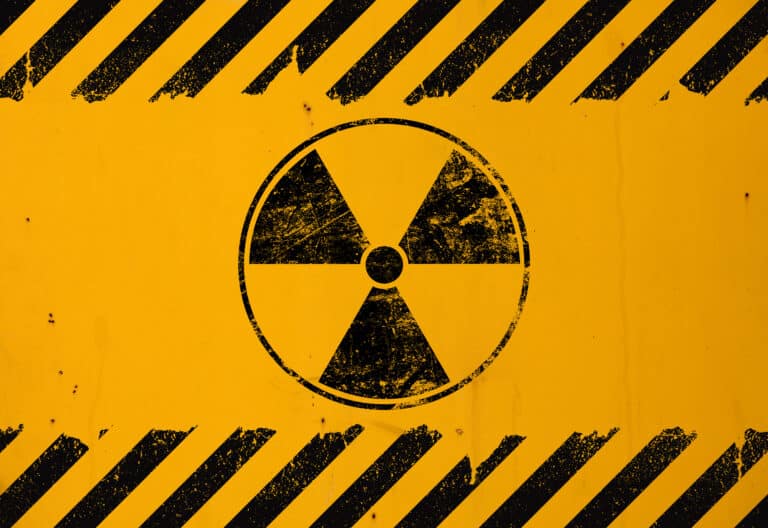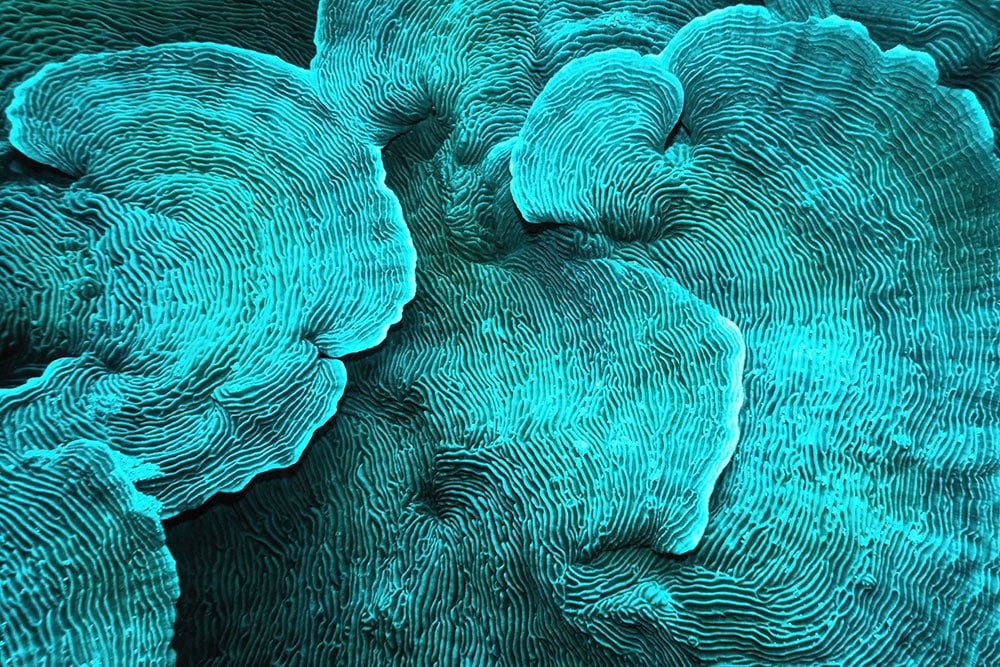Shining a Light on Radioactive Materials: The Secret Dance of Atoms at Oak Ridge National Laboratory
- Material Sciences
- Howard Frank

Imagine a world where hazardous materials could be monitored without getting close enough to feel the heat (literally!). That’s the mission of Dr. Hunter Andrews and Dr. Luke Sadergaski, two brilliant researchers at Oak Ridge National Laboratory (ORNL).
ORNL is a scientific powerhouse, developing everything from clean energy solutions to medical isotopes that fight cancer. But Andrews and Sadergaski are on a special quest: using light to analyze radioactive materials in real-time, and they’re doing it in a highly secure environment known as a hot cell.
Hot Cells and the Challenges of Traditional Methods
Hot cells are basically superhero suits for science experiments. They allow researchers to work with radioactive materials safely, behind thick walls and layers of protection. However, this isolation creates a problem – traditional methods of analyzing these materials are slow and involve taking samples out of the hot cell. This is like trying to judge a cake by only looking at the crumbs.
Enter Fluorescence Spectroscopy: A Light-Based Solution
Andrews and Sadergaski are champions of fluorescence spectroscopy, a technique that uses light to analyze the unique dance of atoms in different materials. By shining a specific kind of light on a sample and measuring the light it gives off, they can identify the material and even its concentration.
The beauty of this technique is that it can be done remotely using fiber optic cables. Imagine tiny light pipes feeding information from the hot cell to a safe control room. This allows for real-time monitoring, giving scientists a live feed of what’s happening inside the hot cell.
Benefits for Everyone
This real-time data is a game-changer. Here’s how it benefits everyone:
- Safer and Faster Processing: Scientists can optimize processes in hot cells without putting themselves at risk. This translates to faster production of life-saving radioisotopes for medical treatments and space exploration.
- Sharper Decisions: The real-time data allows for better decision-making during the separation process, leading to purer materials and less waste.
- Reduced Costs: Less reliance on slow, traditional methods translates to cost savings and a more efficient overall process.
The Future of Fluorescence Spectroscopy
Andrews and Sadergaski’s research isn’t just about radioactive materials. Their work paves the way for using fluorescence spectroscopy in other challenging environments, opening doors for future scientific discoveries.
So next time you hear about a medical breakthrough or a deep space mission, remember the invisible dance of light particles, orchestrated by the brilliant minds at Oak Ridge National Laboratory. Thanks to them, the future is shining a lot brighter.


